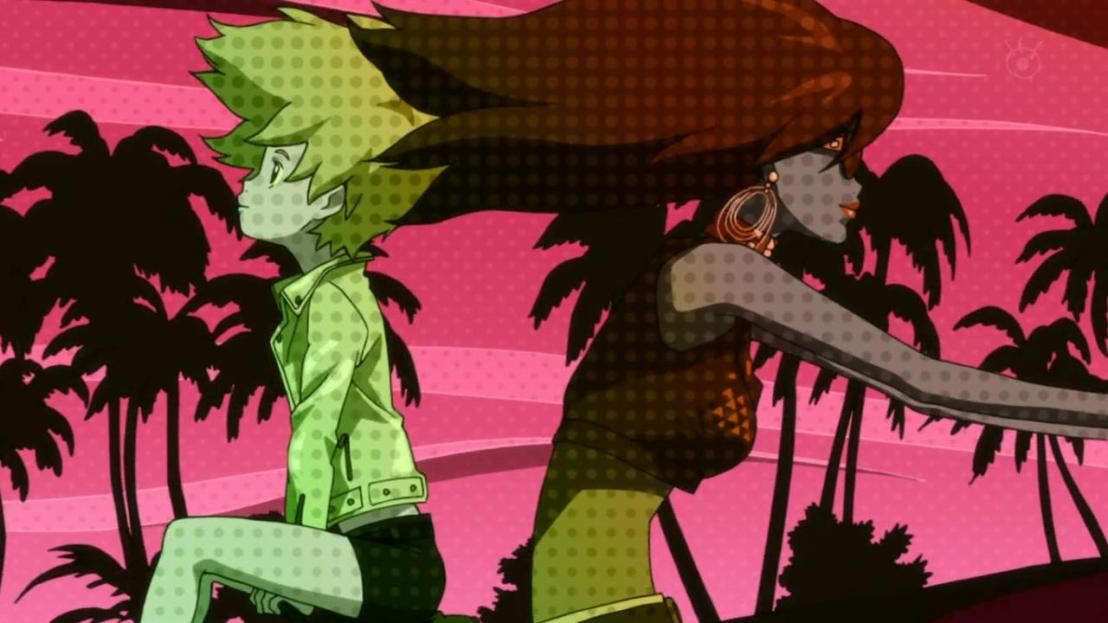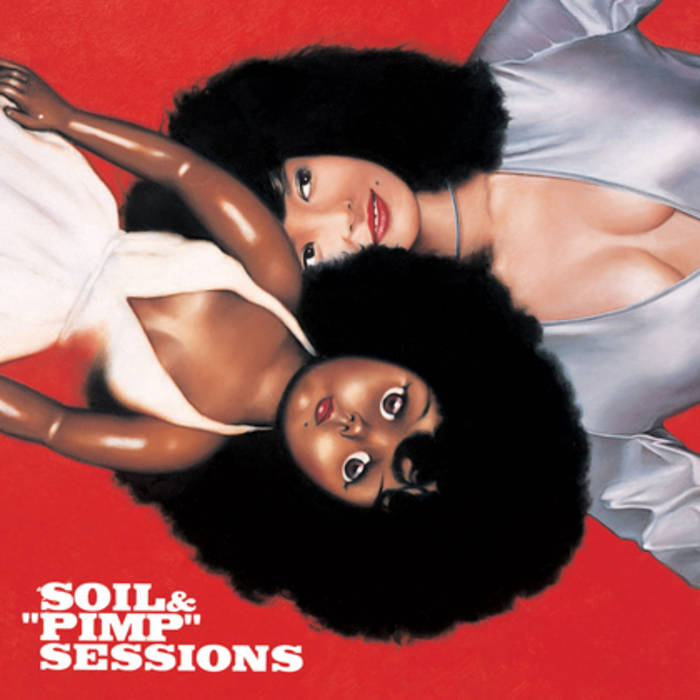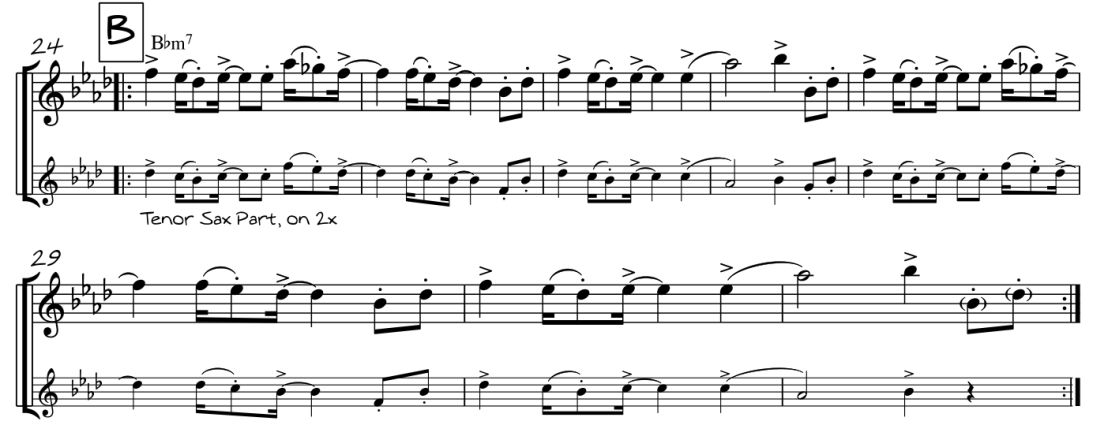I don’t hear a lot about Michiko to Hatchin these days… which is odd, really. It’s a very unusual hidden gem that stands out in its visuals, it’s got a fairly compelling story, and its music… Well, Shinichirō Watanabe had a hand in it. And why’s that so important? Considering he was the director for things like Samurai Champloo and Cowboy Bebop, you can be assured he was definitely going to put a nice musical spin on this work.
In this case specifically the music, since he happened to be the music producer.
Recall the other two works – Bebop’s music drew HUGE influences from American jazz and bebop[duh], while Champloo draw influences from hip-hop and Japanese period music. To this day, the soundtracks are literally unmistakable and possibly iconic styles of both of these anime, and also contributed heavily to the atmosphere. I mean, Watanabe always believed that “the drama lies in the music,” and that sort of thinking dates back to the romantic opera! So he’s definitely no slacker on the music end.
(And believe me – you’ll see some Cowboy Bebop on this site soon. It’s almost a mortal sin to not.)
Which brings us to Michiko.

The OP is a thrilling high impact violence Latin tune done by the band Soil and “Pimp” Sessions – a self-coined death jazz sextet straight out of Tokyo. I actually discovered these guys separately from the Michiko OP beforehand and their high energy live style is addicting to listen to. They’re comprised of a drummer, double bass, trumpet, tenor sax, piano, and an agitator (basically a hype man – all he did was yell and yell hip-hopesque interjections, but it really defined the band’s sound). Watanabe made a good decision to bring on the band for Michiko’s OP – driving the high energy of the band and relating it to the exotic, high tension atmosphere of the anime overall.
Michiko to Hatchin OP Analysis

Paraiso (TV Ver), by Soil and “Pimp” Sessions
Key: F Minor
PDF of the TV Size is here.
PDF of the Full Size is to be updated.
Listen to the full version on their Bandcamp here. Listen to the TV Size here.
The song’s TV form is fairly simple is a Binary form with an Intro and Outro. The FULL version extends the form with a solo section, a piano interlude, and a C section, before rounding out to the B section and closing it out.
Harmonically, the song keeps its feet firmly planted in F Aeolian, and is fairly modal. It can almost be considered a modal jazz piece, though the B section is in Bb Aeolian, so that negates the effect of modal jazz. Tough crowd when it comes to that sort of thing.
The hype man aspect – this is interesting. It’s definitely a key sound[?] for the band, and it takes cues from genres like death metal/ska punk/yadda yadda that “yelling creates energy.” They’re not wrong! It’s certainly not gut wrenching screams or anything like that, but this band definitely seems to get the fact that when you’re at a live venue and you wanna jam, some screaming and yelling is an inevitability and a necessity. It’s kind of silly to hear in the studio… it’s hard to capture that energy in a recording room. They come damn close to it. [Someone let me know when the band gets back together. They’ve been apart since the end of last year.]
Onward!
Opening Lick

Ok, step back for a second – that 11/16 looks a little weird. If you think of it less as “large weird number time signature” as instinct dictatates and look at it more as a “3/4 minus a 16th” then it’s a lot more manageable. See the divisions I’ve made above the bar. The lick as a whole is an exciting fast run + tutti rhythms in all the parts. We’re clearly stuck in F natural minor, save for the oddball arpeggio in the 2nd beat of the 11/16. It implies a really small instance of Eb7#11 [A=#11, C#=Db=7 of Eb] but it’s ambiguous. It could be a sidestep to F#. Who knows?
From there, the piano takes over with a riff, and we’re launched into the head.
A Section

The primary idea motive and idea is stated in the A section. Fairly run of the mill. Crazy fast melodic motion in the pentatonic F minor mode. Notice the first two beats of the 1st measure here are the first two of the intro, and the last two beats of m. 3 are the last two beats of the intro! Real easy going rhythmic borrowing. This repeats twice, and then goes into a first ending with the hype man yelling some stuff in Spanish. It’s buried pretty deep in the mix and it’s also being yelled through a megaphone, so it’s kind of stuffy to figure out what exactly he’s saying. Such is the life of the hype man, I guess.
Circle back and play the head again, and head to the second ending…
Break

Another oddity. Notice how I’ve blocked the rhythmic feel – this time it’s a 3/4, with an extra 16th note. Which brings me to a theory…
Let’s say you played the song to a metronome aligning the eighth note [so it’d be 300 BPM: 150=qtr x 2]. Playing the 11/16 will offset you from the metronome by a 16th – but after you play the 13/16, you’re realigned. It’s just odd how it coincidentially works.
I think some people will try to argue that the 11/16 and 13/16 are just live timing errors, and I was almost inclined to agree, since the BPM in the full ver can waver a few clicks here and there… but they definitely mean to change up the feel as seen in this live video. In the video, the 13/16 is more just a really laid back set of hits. In any case, the album/TV version has a clear-cut 16th rest break there. It’s left in for posterity.
From the break, we enter the B section.

And then the TV size version rounds out with the intro reprised. All in all, a simple form OP with some fast runs and some odd time trips. But nothing a death jazz band can’t handle. Listen to the band’s other stuff on their bandcamp [Especially: Summer Goddess]- I’m a wholehearted fan of it.More bands need hype men, honestly.
Expect a full analysis to come to this post. Keep your eyes peeled.
And maybe watch this anime while you’re at it. It’s a gem. Of suffering, kind of.

A final word and disclaimer: I am not the end-all-be-all of theory. Many of these transcriptions are done by my ear, and perhaps maybe I’ve missed a note or two. Let me know.
-Angular
